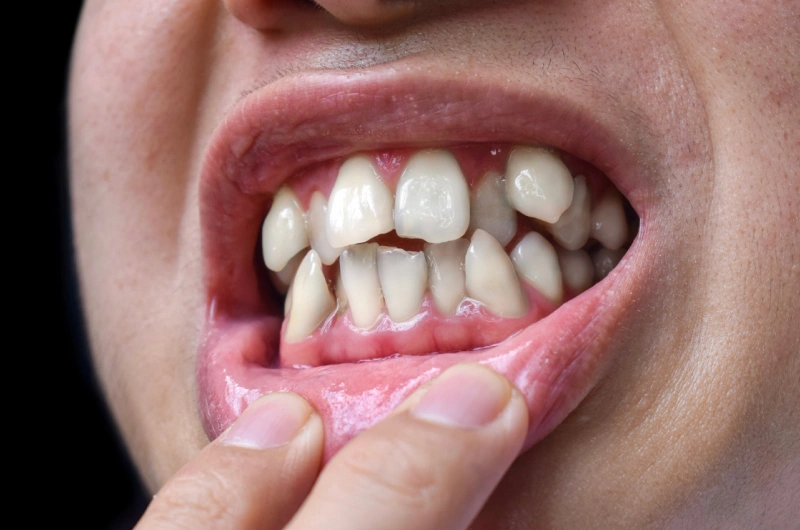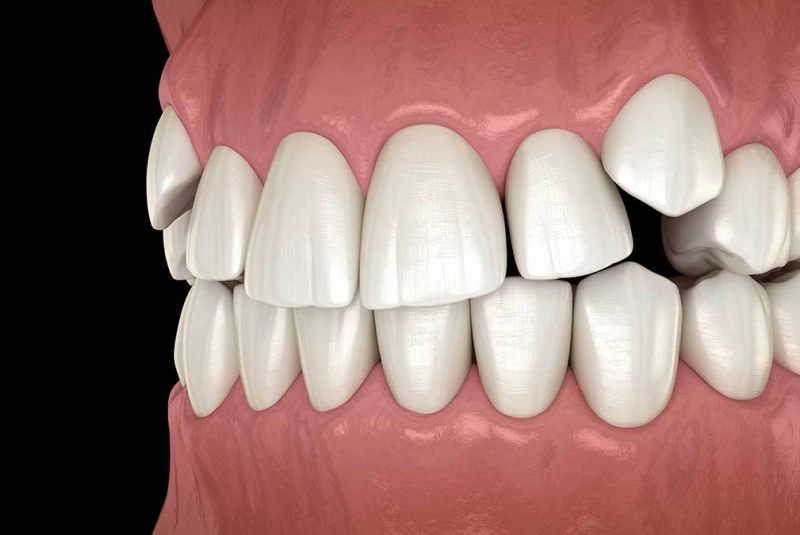REFER A FRIEND: GIVE $50, GET $50
The Role of Canines in Dental Health
Humans have two upper (maxillary) canines and two lower (mandibular) canines. These teeth, also known as cuspids, fangs, or "eye teeth," are positioned directly beneath the eyes. Canines are distinguished by their thicker and more conical roots compared to incisors, providing a particularly strong connection to the jaw. They also often have the longest roots of any teeth in the human mouth and are typically the last teeth to fully erupt, usually around the age of 13.
An impacted tooth refers to one that is blocked, stuck, or unable to properly erupt and function as intended. While third molars (wisdom teeth) are the most commonly impacted teeth, the upper canines are the second most frequent to become impacted. While wisdom teeth have little functional value and are often extracted, impacted canines require prompt treatment for several important reasons:
- Closing Gaps: Canines are the final teeth to settle into position, helping to close gaps between the other upper teeth and contributing to a more complete and harmonious smile.
- First Touch: Canines play a critical role in the “biting” mechanism, as they are the first teeth to make contact when the jaw closes, guiding the other teeth into proper alignment.
- Proper Alignment & Function: Canines are essential for the correct alignment and functional bite of the entire dental arch. Missing or impacted canines can disrupt both the aesthetic appearance and the overall function of the smile, potentially leading to issues with chewing and tooth alignment.

Oral Examination

What Does the Treatment of Impacted Canines Involve?
If overcrowding is present in your mouth, the dentist may suggest extracting certain teeth to create space. This extraction will typically be carried out by an oral surgeon under local anesthesia. The unerupted canine will then be exposed by lifting the gum, and a special bracket will be used to guide it into position.
For younger patients, an orthodontic brace may be recommended to create adequate space in the dental arch for the impacted canine. Surgery for impacted canines typically does not require an overnight stay. Pain medication will be prescribed as needed, and post-treatment instructions will be provided to ensure a smooth recovery.
What Causes Canine Teeth to Become Impacted?
Extra Teeth
The presence of extra teeth can block the eruption of the canine teeth. These additional teeth may physically obstruct the eruption path, or overcrowding may leave insufficient space on the dental arch for the canines.
Overcrowding
Misalignment of the front teeth can lead to overcrowding, causing competition for space. As a result, the canines may not have enough room to erupt properly.
Unusual Growths
In rare cases, abnormal growths in the soft tissues of the gums can impede the eruption of the canine teeth, leading to impaction.



